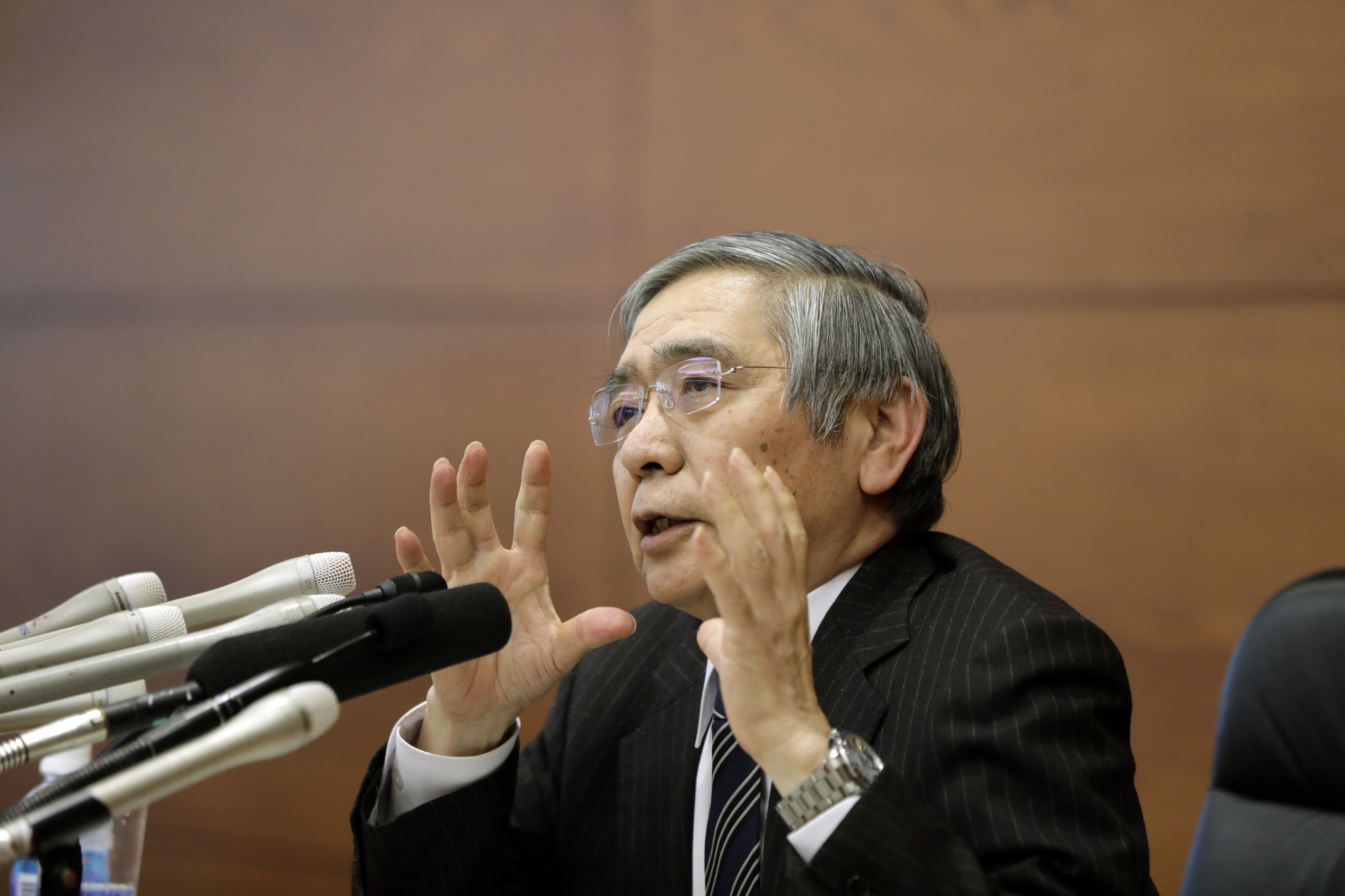The Japanese economy has enjoyed seven consecutive quarters of positive growth, with the average annual rate reaching 1.9 percent. With aggregate demand exceeding potential output by 1 percent, the country's "GDP gap" is now positive. Unemployment is down to 2.7 percent, the lowest level since 1993, and the job opening to application ratio is 1.56, its highest level since 1974, resulting in acute labor shortages in several sectors, including construction, retail and package delivery. And this month the Nikkei 225 stock average rose above 24,000, its highest level since 1991.
But while these indicators suggest that Japan is finally out of the woods of more than two decades of stagnation, deflation and economic insecurity, the headline inflation rate, at just 0.6 percent, remains far below the Bank of Japan's 2 percent target. And, notably, while the BOJ had been attributing low inflation to falling energy prices, energy is now contributing positively to inflation. When fresh food is excluded from the price index, the rate rises to 0.9 percent but falls to 0.3 percent when also excluding energy.
Considering the current labor shortage, why Japan has not experienced a healthy wage-inflation spiral remains a mystery. To be sure, inflation is also missing in the United States and Europe. But the Japanese case is particularly striking. Japan's real economy has been supported for years by fiscal deficits as high as 6 percent of GDP, and by extraordinary quantitative easing (QE), which BOJ Gov. Haruhiko Kuroda introduced in April 2013. The debt-to-GDP ratio has since risen to 230 percent, and the BOJ has assumed ownership of more than 40 percent of outstanding Japanese government bonds.



















With your current subscription plan you can comment on stories. However, before writing your first comment, please create a display name in the Profile section of your subscriber account page.